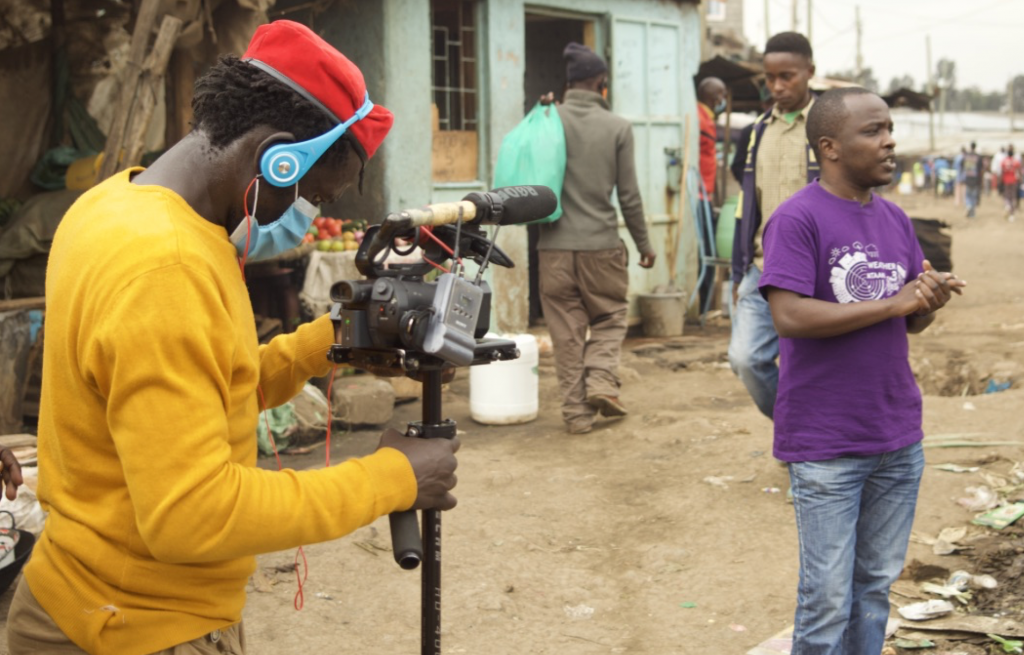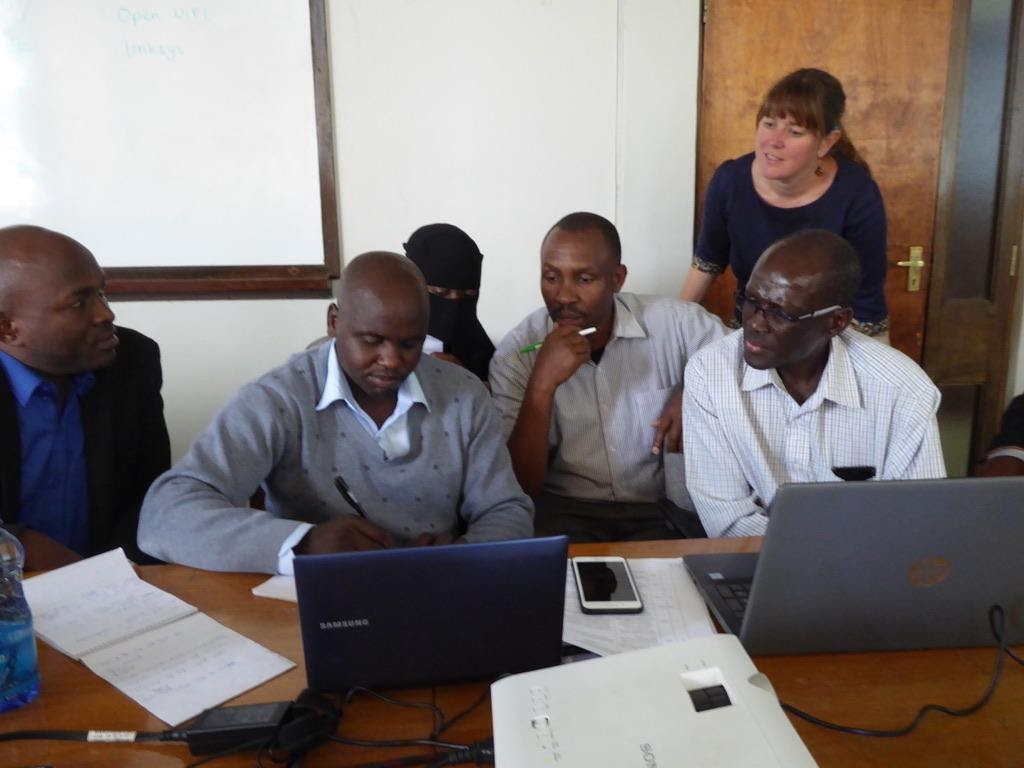Creating a shared platform for forecasters, community, media and city governments
Following the DARAJA (Developing Risk Awareness through Joint Action) technical workshop hosted in Dar es Salaam with the Centre for Community Initiatives (CCI), Stella Stephen and Prudensiana Luckago of CCI, spoke to Gea Mikic from Resurgence. DARAJA is part of the UK Met Office’s WISER programme, which aims to create a step change in the quality, accessibility and use of weather and climate information services for at all levels of decision making for sustainable development in Africa.
G: What problem was this workshop was working to address?
S & P: DARAJA aims to increase access to weather information for people living in informal settlements. The workshop focused on how we can better understand TMA’s technical language, and how it can be translated and put into the local context of those living in informal settlements, as well as the intermediaries who make decisions and those disseminating the information.
The focal people in this process are the people living in informal settlements. So, over the two days, we discussed the language and words that TMA used, with TMA, media, local government authorities and the residents of informal settlements, and how it is understood. If it was unclear, the local community had the opportunity to translate the language into something more contextual.
We also looked at how we can describe impacts. For example, how the impacts or advice of weather events can be included in the weather forecast. The people who attended the workshop were also able to share the impacts they experience on the ground, and how these impacts can be integrated into the weather forecast.
In the simplest terms, the workshop looked at how we could simplify forecast language and put it into the local context, so that it can be easily understood by people living in informal settlements.
G: What changes and outcomes did you see?
S & P: Some of the technical words were simplified. We really thought about how to put things into simpler language which can be understood by the media and by the local communities. We completed this on the first day.
On the second day, we focused on the impacts of weather and how it can be communicated to the community in the weather forecasts. For example, increased temperatures and heavy rainfalls – what are the possible impacts? We want to inform people not just that it will rain, but also what the likely impact of that rain will be, especially based on the local context.
For example, one of the interesting examples about increased temperature – one of the participants suggested that one of the pieces of advice could be that people should open their windows and doors to let air into the house. But the community also shared the experience that there are thieves in the area – so, if you are providing that advice, you need to look at the further impact of doing that. So, you could advise that, but alongside, you should advise that people should be more cautious of theft, based on the local context of the settlement.
G: What wider learnings does this workshop yield on developing effective urban weather and climate information services for informal settlements?
The output of this workshop was good for TMA – they’ve admitted it was eye-opening. Sometimes, they assume that everyone understands the information they’re providing. The discussions showed them that they need to simplify the language, and they were interested in this.
Secondly, TMA promised that they will discuss the outcome of this workshop with the management board, and will work with them to try to take this forward. In order to localise the information for the Kigogo Mbuyuni pilot area, we need higher-level approvals and this workshop will help show the need for residents to receive localised information in their specific contexts.
G: Where does this workshop fit into DARAJA?
S & P: This workshop is an important part of DARAJA. It showed that the producers of information (TMA) are interested in the community and the media being able to understand the information better. It also showed that DARAJA is doing something that hasn’t yet been done – bringing media, local government, TMA and community members together to discuss how they can work in collaboration. DARAJA has become a linking platform between TMA as the producer, and the community as the users of information is something that they really appreciated from DARAJA. It’s really useful for the media, the community and TMA to have this sort of platform, and for TMA to get exposure to and understand what’s happening on the ground, so they can also understand where the gaps are and how to fill it.
We were also talking about using schools for the weather forecasts – TMA haven’t thought of using students to disseminate information to send to the community before, but this is something we’ll be exploring.
Everybody sees the importance of DARAJA – the nature of the design includes stakeholders, particularly community residents who are not given enough of a platform, and DARAJA works well in this. DARAJA gives community members a platform to talk directly to the producers of weather and climate information. This is also something that the media intermediaries haven’t had before, so this mix has brought something interesting in. It’s really good that everyone involved feels they have a role to play.
G: Was the knowledge exchange between the Nairobi and Dar workshops useful?
It was a great learning experience learning from Kounkuey Design Initiative’s work, and hear about the pilot progress in Nairobi. We were able to see challenges and gaps, and improve on them for Dar es Salaam, and adapt to our local context.
In Nairobi, the forecast is in English; it was discussed and changed into Swahili for the community to easily understand it. Here in Dar es Salaam, it was easier to simplify, as it was already in Swahili. The impacts and advice we give here are different to the Nairobi context – the two cities experience different things, but we also have a lot of the same issues and this makes the exchange a learning experience, and allows us to build on each other’s work.



